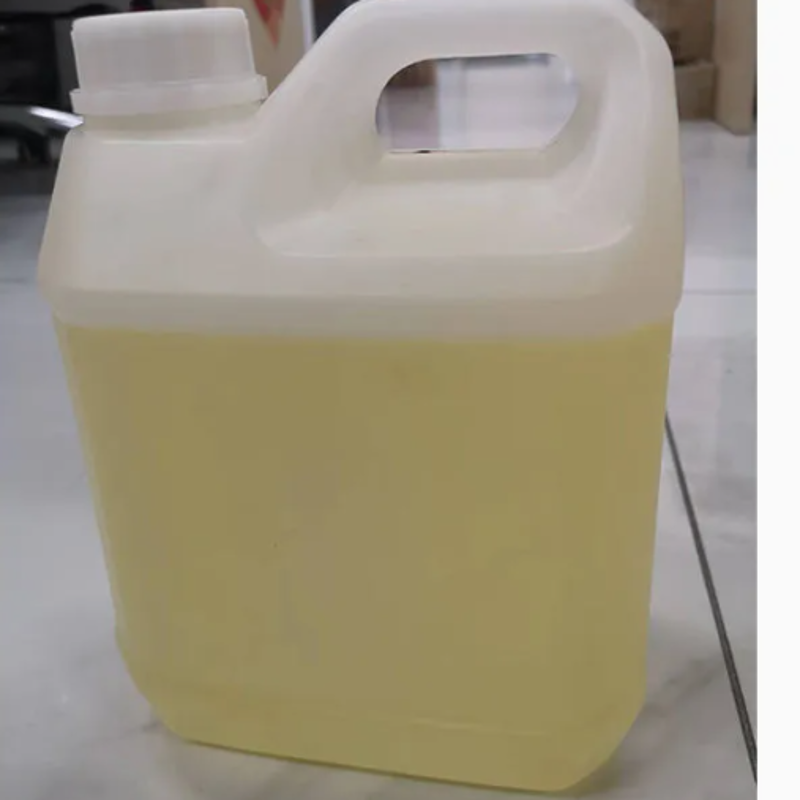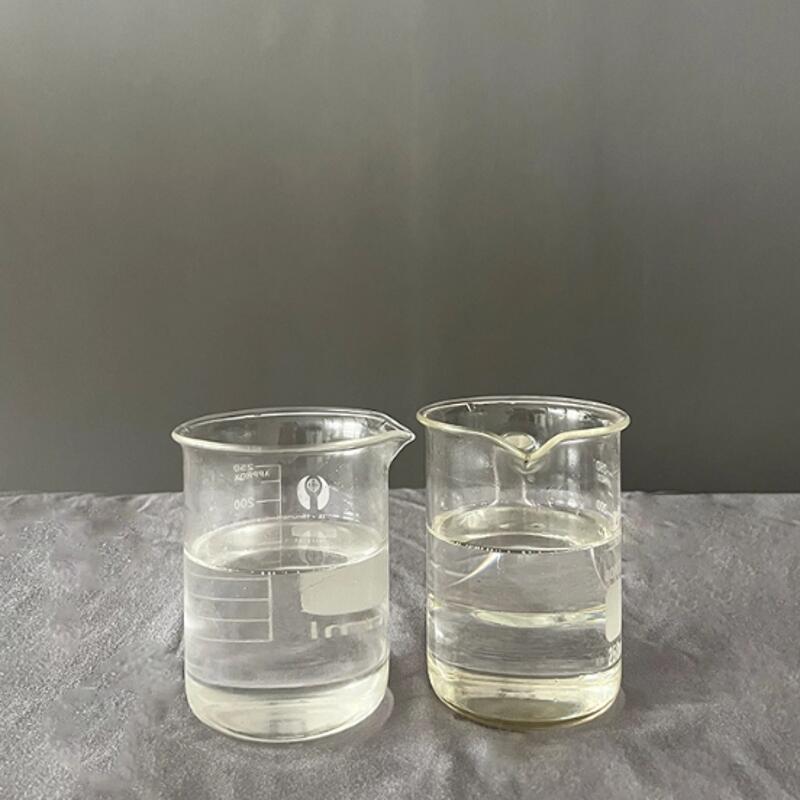-
Categories
-
Pharmaceutical Intermediates
-
Active Pharmaceutical Ingredients
-
Food Additives
- Industrial Coatings
- Agrochemicals
- Dyes and Pigments
- Surfactant
- Flavors and Fragrances
- Chemical Reagents
- Catalyst and Auxiliary
- Natural Products
- Inorganic Chemistry
-
Organic Chemistry
-
Biochemical Engineering
- Analytical Chemistry
-
Cosmetic Ingredient
- Water Treatment Chemical
-
Pharmaceutical Intermediates
Promotion
ECHEMI Mall
Wholesale
Weekly Price
Exhibition
News
-
Trade Service
The use of biopolyols instead of petroleum-based polyols in rigid foams can negatively impact foam performance
.
The solution is to use additives to enhance the properties of biopolymers
.
A Missouri University of Science and Technology team investigated the performance role of additives in the structural and insulation applications of these foams
.
In this study, funded in part by the Missouri Soybean Marketing Board and the U.
S.
Department of Agriculture, soy-based polyols were used to make rigid polyurethane foam
.
Cell size, density, thermal resistivity and compressive force deflection values were evaluated and compared to Covestro's petroleum-based foam Baydur 683
.
The effects of catalysts, blowing agents, surfactants and different polyol functions were also evaluated
.
In this case, they used dibutyltin dilaurate as a catalyst and water as a blowing agent
.
The effect of surface tension on cell size in foams was investigated with five different silicon-based surfactants
.
They determined that 5 grams of surfactant per 100 grams of polyol resulted in the smallest surface tension of the foam and the highest thermal resistivity, with an R value of 26.
11m2K/W
.
Conversely, higher surfactant levels had a negative impact on the CFD values
.
Furthermore, the addition of 5 grams of the blend of high-functionality soy-based polyols increased the CFD value to 328 kPa
.
They say this is comparable to the Baydur 683 figure
.
The work has been published in the Journal of Applied Polymer Science
.







